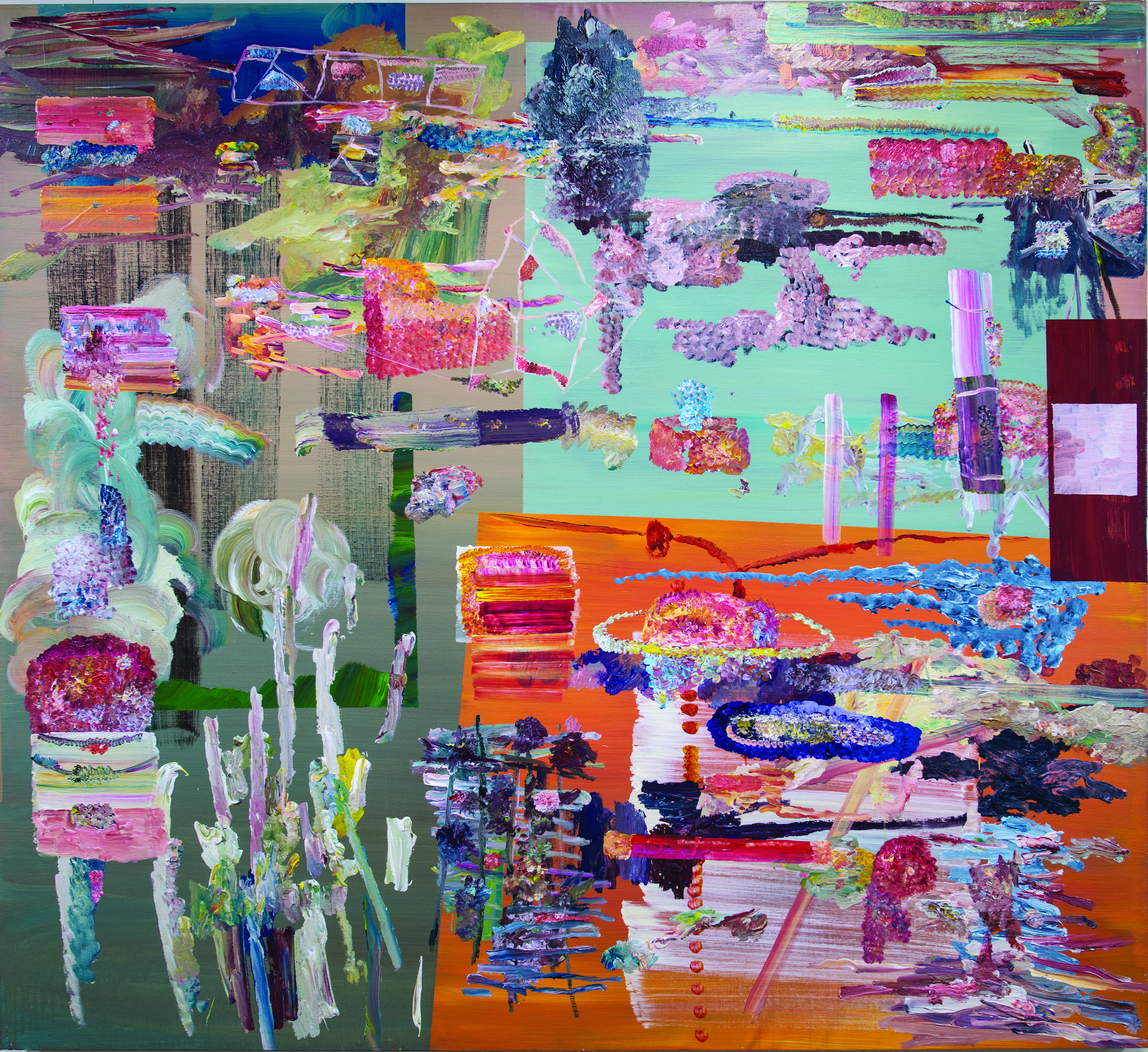Artwork Details
The Lock
Credit line: Collection of SMU
Ian Woo (b. 1967, Singapore) is an artist working in the language of abstraction. Influenced by forms of modernism, perceptual abstraction and the sound structures of music improvisation, his work is characterised by a sense of gravitational and representational change. He often uses the term ‘picture making' when describing his position and approach, maintaining the discipline and evolvement of painting as a vehicle for pictorial reflectivity. Woo studied painting at the Kent Institute of Art and Design in Canterbury (UK) in 1994. He received a Masters in European Fine Art at the Winchester School of Art (UK) in 1995 and a research practice DFA with RMIT University (Australia) in 2006. His Doctorate research was based on the ability of abstract painting to express notions of a continuous presence.
The plane of his canvas contains different modalities of form, texture and hue as he plays and experiments with weight, lightness, translucency and solidity of colours and lines. But these are located across multiple points on the canvas, almost in a disparate and disjointed manner. His paintings demand close and slow absorption by the viewer, who might often be used to taking in things as a whole, to focus on a single small area at a time. Her eyes might move across horizontally or diagonally, above or below from one point to another in no fixed sequence. Having drawn in the viewer this way, she is then asked to open up to an unmediated visual experience.
We reached out to the artist, asking him to share a little bit about this artwork:
‘The lock' made in the year 2000 is an abstract painting using an idea I had called compartments and systems. Compartments are the divisions of 'frames' that appear on the picture plane. There are altogether five frames of reference. Each compartment is governed by different colours and temperatures like turquoise, orange, crimson, grey, white, and the final one is the actual frame that governs all the four compartments. These frames of governance are activated and disrupted by a layer of floating 'elements' made by an assortment of gestures and painterly forms, capturing a moment in time.

